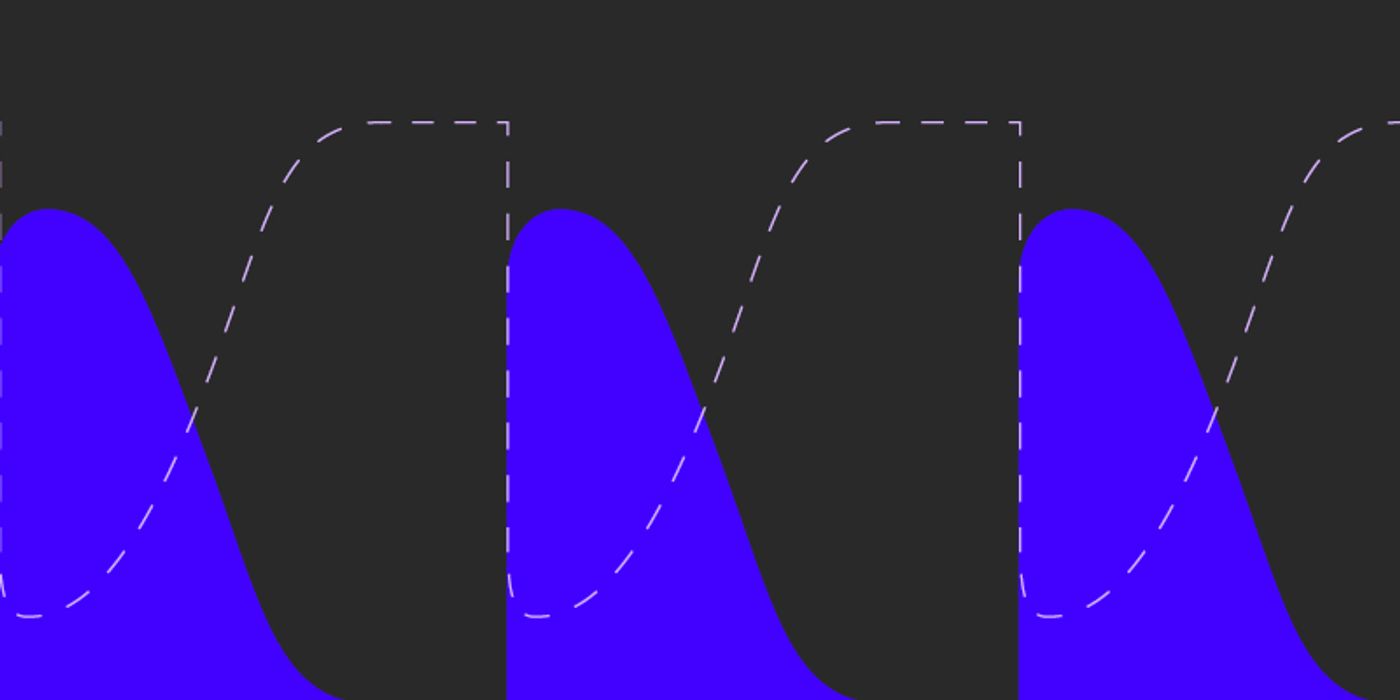
Sidechain Compression:
A Beginner's Guide
Keith Chia / Apr 17
If you've ever wondered how to make your bass and kick drum sound punchy and powerful, you may have heard of a technique called "sidechain compression". In this beginner's guide, we'll explain what sidechain compression is and how you can use it to improve your music productions.
What is sidechain compression?
In simple terms, sidechain compression is a technique that allows you to automatically reduce the volume of one audio signal (the "source") whenever another audio signal (the "trigger") is present. In music production, this is typically used to make room for a kick drum or bassline in a mix, so that they don't clash with other instruments.
How does sidechain compression work?
Sidechain compression works by using a compressor to reduce the volume of the source signal whenever the trigger signal is present. The trigger signal is usually a kick drum or bassline, but it can be any sound that you want to "duck" other sounds around. By reducing the volume of the source signal, the compressor creates more space in the mix for the trigger signal to be heard.
To set up sidechain compression, you'll need a compressor that has a sidechain input. Most digital audio workstations (DAWs) have built-in compressors that support sidechain compression. Here's how to set it up:
- Insert a compressor on the source track that you want to "duck".
- Route the trigger signal to the sidechain input of the compressor. This is usually done by clicking on the compressor and selecting the sidechain input from a dropdown menu.
- Adjust the compressor settings to achieve the desired amount of compression. This typically involves setting the threshold, ratio, attack, and release times to control how much the source signal is compressed and how quickly it responds to the trigger signal.
Tips for using sidechain compression
Here are some tips for using sidechain compression effectively:
- Use a fast attack time to make the compressor react quickly to the trigger signal.
- Use a slow release time to make the compressor release slowly and smoothly.
- Adjust the threshold and ratio settings to control how much the source signal is compressed.
- Experiment with different trigger signals and source signals to find the best combination for your mix.
- Use sidechain compression sparingly – too much can make your mix sound unnatural and robotic.
Conclusion
Sidechain compression is a powerful technique that can help you create more space in your mix and make your bass and kick drum sound punchy and powerful. By reducing the volume of one signal whenever another signal is present, you can create a more dynamic and interesting mix. With a bit of practice and experimentation, you'll be able to master the art of sidechain compression and take your music productions to the next level.